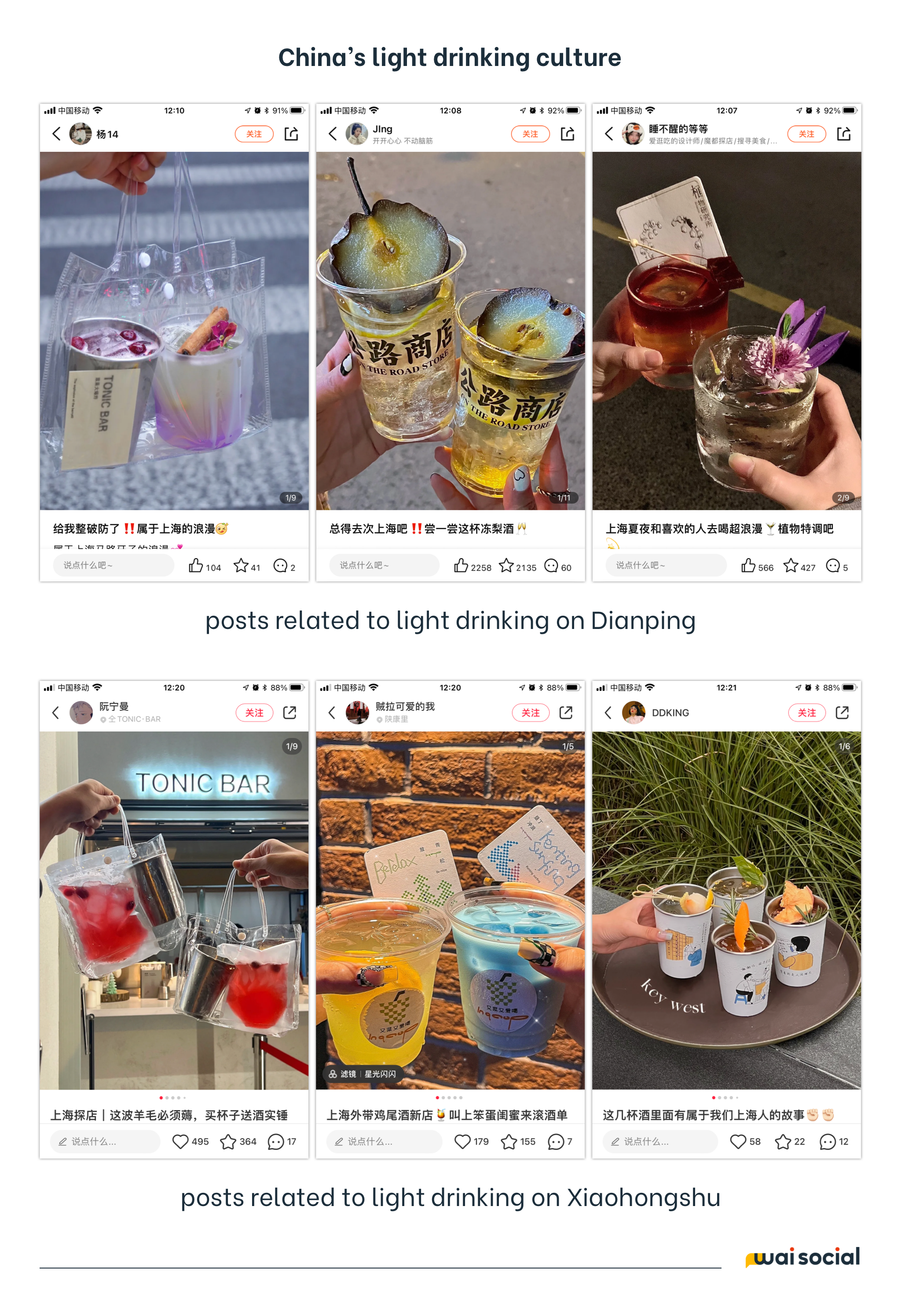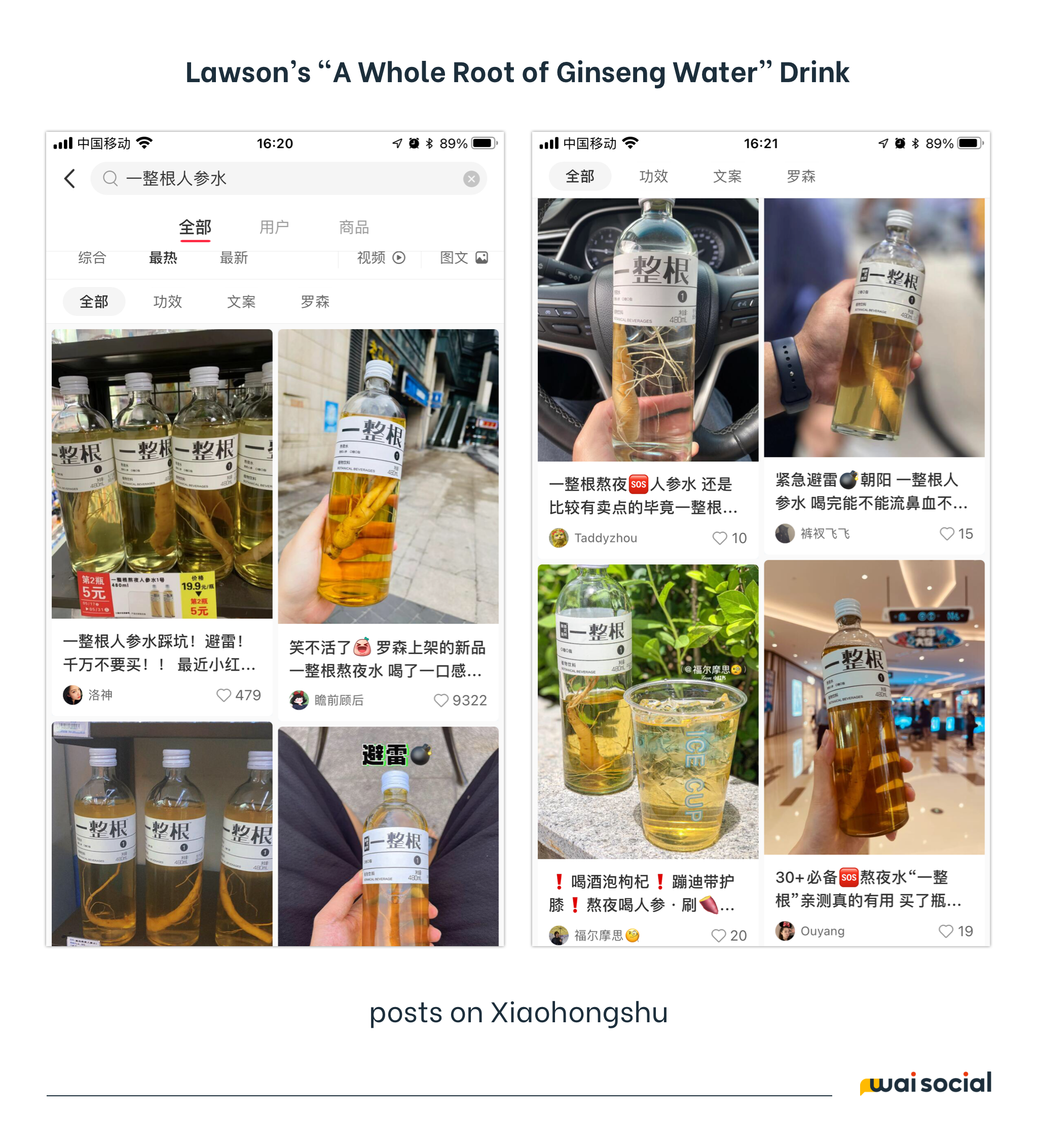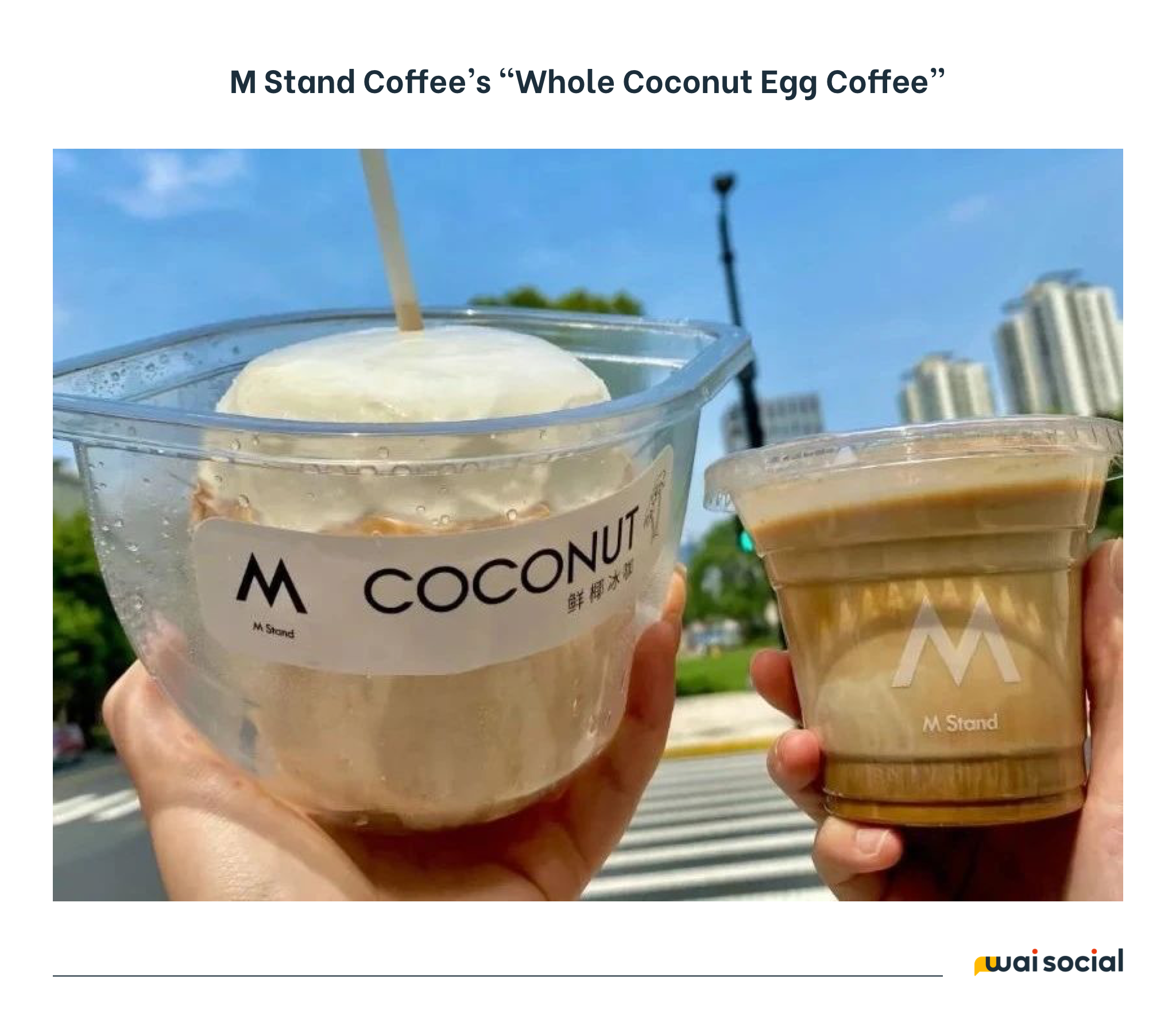China marketing latest trends: September 2022
This is a series from our weekly newsletter in which we cover consumers, marketing, platform, economic and tech trends that brands in China need to know. Get the latest TRENDS newsletter edition sent directly to your inbox instead of having to visit our website next time.
TL;DR
Shifting; Consumption behavior is in a transition period
Raise a glass; The rise of taverns and light drinking culture
New & hot; "A Whole Root of Ginseng Water" was this summer's most popular drink
Shifting; Consumption behavior is in a transition period
Chinese consumers continue to deal with a great deal of uncertainty as pandemic prevention implemented by the government continues. Consumption behavior is transitioning from “going out & entering the store for consumption” to “experiences without a fixed space”, and from “professional store services” to “self-solving at home”.
For example:
Intercity travel → Camping
Hotels and short-term rentals → RV
Gym → Road cycling, urban skateboarding, home exercise
Door-to-door cleaning services → Scrubbers and professional sweeping robots
Regular hair spa → Home evaporation, high-end hair dryer
Manicurists → DIY Press-on nails
Massage services → Massage foot buckets, massage chairs, fascia guns, etc...
These things are already happening, and others are in the pipeline: for example, regular care in pet stores and pet medical aesthetics may be replaced by professional pet appliances and instruments.
For brands this shift in behavior is an opportunity for innovative products and services, that is, to provide consumers with “flexible and adaptable solutions”.
From a marketing point of view, there are opportunities to discover new usage scenarios for existing products and proactively work on the new positioning of "alternative options”.
Raise a glass; The rise of taverns and light drinking culture
In 2022, the market size of China's tavern industry will be about 138.04 billion yuan. Here’s what brands should know;
🍸 In a survey of Chinese consumers who identified as ‘low-alcohol content drinkers’ 60% were female — brands should take note of this.
🍸 With increasing attention on health and wellness, heavy drinking has gradually been replaced by "moderately slightly drunk”. A recent survey identified that 80% of consumers prefer to drink lightly, and more than 59% of the population prefer to be tipsy (微醺) rather than “paint the town red” (不醉不归).
🍸 Low-alcohol drinks such as whisky, fruit wine, wine, and beer are more in line with the drinking preferences of young generation Z.
🍸 As alcohol consumers have expanded from a male-dominated audience to more female consumers; drinking places have also begun to shift from homes and large restaurants to exquisite taverns. Take-away cocktails have become very popular on the streets of Shanghai this summer (also due to pandemic prevention measures).
Read more here 🔗
New & hot; "A Whole Root of Ginseng Water" was this summer's most popular drink
"A Whole Root Of Ginseng Water” (一整根人参熬夜水) sold in Lawson convenience stores became the hottest drink of the summer with over 20,000 related posts published under the beverage category on the social media platform Xiaohongshu.
The "one whole__” raw material is a convincing visual, in addition, the medicinal ingredients with nourishing benefits speak to common pain points of young consumers, such as “working overtime”, "often need to stay up late” and “sub-health concerns”.
Riding on this trend, many coffee shops launched a versions of the drink including "Whole Green Bean Popsicle Latte”, "Whole Coconut Egg Coffee”, and other similar beverages that use a whole fruit as an ingredient to become the best-selling products in the season.
In the current environment full of trust crisis and insecurity, people are more wary. If businesses and brands still package with tricks, it will undoubtedly magnify people's vigilance. At this time, it is better to go back to basics — win the favor of consumers with the real stuff.






